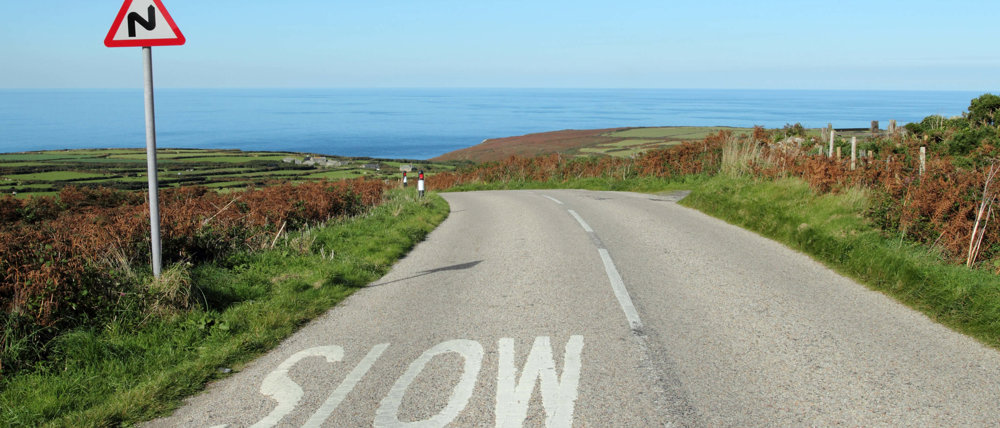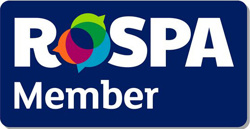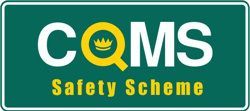TSRGD is the common abbreviation for Traffic Signs Regulations and General Directions. The TSRGD 2016 prescribes the design and conditions of use of traffic signs that can be lawfully placed on or near roads in England, Scotland and Wales.
On 22nd April 2016 a radical overhaul of the TSRGD came into force.
The changes to TSRGD have been eight years in the making, with the Institute of Highway Engineers (IHE) working closely with the Department for Transport (DfT) on proposed improvements. The present series was first published in 1965 and although there have been many changes since that time, past amendments have usually just introduced one or two new types of sign or a minor change to an existing one.
What makes the new TSRGD so radical?
The new TSRGD ushers in a major shift in who’s responsible for signage, providing greater flexibility for highway authorities and local authorities. This includes greater discretion about the design and placement of many signs. In addition, there are around 50 new signs available, with more permitted variants for existing signs and some relaxation of sign lighting requirements.
The full details of the changes to TSRGD can be found in a 500+ page document, but here’s an overview of the changes:
- Only essential directions need to be retained
- There’s less regulation
- More choice available so as to fit local needs
- Reduction in cost and a removal of barriers to implementation
- Less requirement for authorisations
- New measures to promote cycling
- Consolidation of traffic sign regulation
- TSRGD should prescribe traffic signs but not be a design guide
Overall, the ethos behind the new TSRGD is to provide far greater flexibility than in previous legislation, with fewer schedules and fewer signs. For example, repeater signs, such as those indicating the continuance of a cycle lane, will be a matter for local authority judgement, rather than adhering to a national standard. Similarly, the link between waiting restriction time plates and markings will be a matter for local authorities.
There is more licence to make signs bespoke to specific location and the wider local area. Signs which are an eyesore and a distraction to drivers, rather than assisting them, can be removed, making a less cluttered driving environment.
The overall aim is to give the local authority flexibility, greater power and to provide more effective and clearer signing.
You can find a copy of the latest Traffic Signs Manual here. At the moment it’s very early days and comments and queries on online message boards show that there are plenty of questions arising about specific aspects of signage.
If you’d like to discuss your own requirements for signage, please get in touch. Here at Mayer Brown we’ve been working with clients on sign design and strategies for more than 25 years and use the UK’s leading traffic design software. So, whether it is a simple give way sign or an area-wide signing strategy, we’re here to provide solutions to your signing problems.
We’re ready for the new types of signing and regulation and want to help make it work for you. The greater flexibility in the new TSRGD is a major step forward and should be a huge benefit to planners, local authorities and road users.







